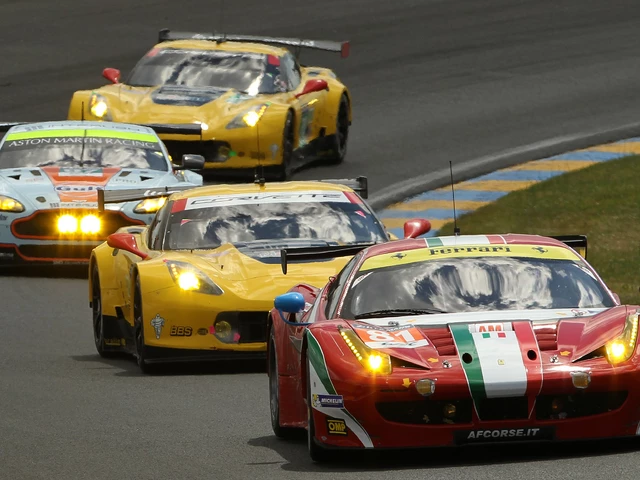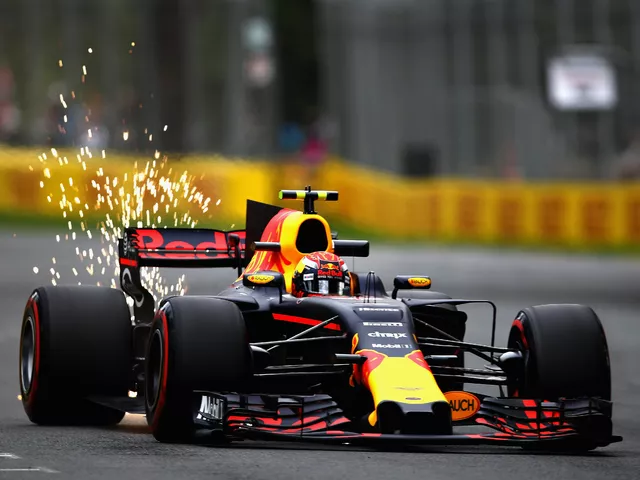Understanding the Racing Line in Motorsports
As a motorsports enthusiast, you've probably heard the term "racing line" time and time again. But what exactly does it mean, and why is it so important in the world of racing? In this article, I'll break down the concept of the racing line, its significance in motorsports, and how drivers use it to their advantage.
The Science Behind the Racing Line
The racing line refers to the optimal path a driver should take around a racetrack to achieve the fastest possible lap time. This line is based on several factors, including the track's layout, the vehicle's dynamics, and the driver's skill. In essence, the racing line is a result of a careful balance between the shortest distance and the highest possible speed through each corner of the track.
To better understand the science behind the racing line, we must consider basic physics principles. When a vehicle enters a corner, it experiences a centrifugal force pushing it outward. To counteract this force, the driver must apply an inward force through turning the steering wheel. The racing line allows drivers to apply the least amount of steering input while maintaining the highest possible speed, optimizing the vehicle's overall performance and minimizing tire wear.
Identifying the Racing Line: Entry, Apex, and Exit
When analyzing a racetrack, drivers and their teams break it down into segments and identify the racing line for each corner. The racing line consists of three main points: the entry, apex, and exit. Understanding these three points is crucial for mastering any racetrack.
The entry is the point where the driver begins to turn into the corner. The ideal entry point allows the driver to carry maximum speed while maintaining control of the vehicle. The apex is the point where the vehicle reaches the corner's innermost part, often referred to as "clipping" the apex. Finally, the exit is the point where the car leaves the corner and returns to the straightaway. A good exit sets up the driver for a fast and efficient run down the following straight and into the next corner.
Using the Racing Line to Overtake in Motorsports
Overtaking opponents is a critical skill in motorsports, and the racing line plays an essential role in executing successful passes. Since the racing line is the fastest and most efficient way around the track, drivers who stray from it may lose valuable time, allowing their competitors to catch up or overtake them.
When attempting to overtake, a driver may choose to take an "inside line" or an "outside line." The inside line puts the overtaking driver on the inside of the corner, while the outside line puts them on the outside. Both approaches have their pros and cons, and drivers must weigh these factors when deciding which line to take. The inside line generally offers a shorter distance, while the outside line often allows for a higher cornering speed. Skilled drivers can use both lines to their advantage, depending on the specific situation and the behavior of their opponents.
Adapting the Racing Line to Different Motorsports and Conditions
While the concept of the racing line is consistent across all forms of motorsports, drivers must adapt their approach to suit the specific discipline they're competing in. For example, in Formula 1, cars have high levels of aerodynamic downforce, allowing drivers to take corners at higher speeds than in other racing categories. In contrast, rally drivers must contend with varying surfaces and unpredictable conditions, requiring them to adjust their racing lines accordingly.
Weather conditions also play a significant role in determining the best racing line. In wet conditions, drivers often seek out alternative lines to avoid the "rubbered-in" part of the track, which becomes slippery when wet. They may also choose to take wider lines to maintain momentum and avoid puddles that can cause a loss of grip. In these situations, drivers must weigh the benefits of sticking to the traditional racing line against the risks of exploring alternative paths around the track.
In conclusion, the racing line is a fundamental aspect of motorsports, shaping the way drivers approach each corner and overtake their rivals. By understanding the principles behind the racing line and adapting their strategies to suit various motorsports disciplines and conditions, drivers can maximize their performance and secure those all-important race victories.






Write a comment